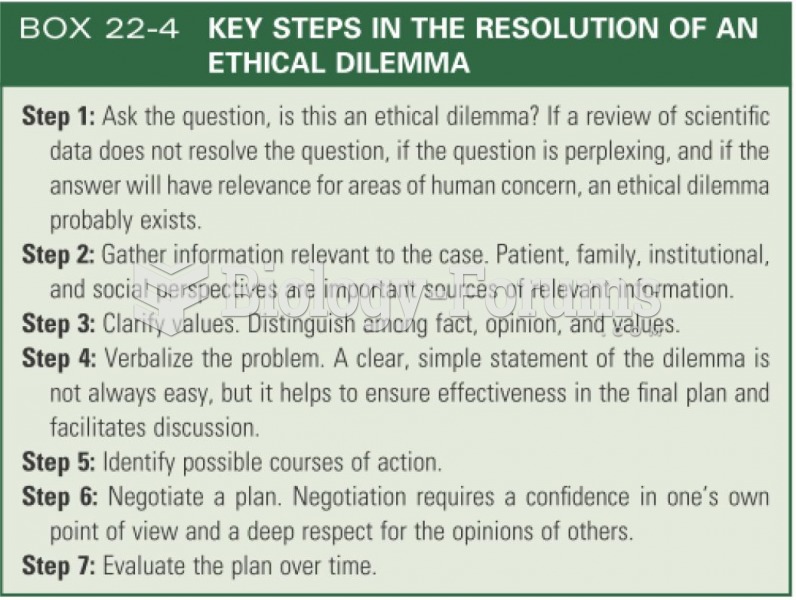Answer to Question 1
Best Ratio Approach
The best-ratio approach is a pragmatic approach based on the belief that people are basically good, that under the right circumstances they will behave ethically and that under certain conditions they can be driven to ethical behavior. Managers should do everything possible to create conditions that promote ethical behavior and try to maintain the best possible ratio of good choices to bad and ethical behavior to unethical behavior. When hard decisions must be made, managers should make the choice that will do the most good for the most people.
Black-and White Approach
Right is right, wrong is wrong, and conditions are irrelevant. The manager's job is to make ethical decisions and carry them out. It is also to help employees behave ethically regardless of circumstances. When difficult decisions must be made, managers should make fair and impartial choices regardless of the outcome and do the right thing without concern for short-term circumstances.
Full-Potential
Decisions are made based on how they will affect the ability of those involved to achieve their full potential. People are responsible for realizing their full potential within the confines of morality. Choices that can achieve this goal without infringing on the rights of others are considered ethical.
Answer to Question 2
The role of construction professionals with regard to ethics has three parts. First, they are responsible for setting an example of ethical behavior. Second, they are responsible for helping fellow employees make the right decision when facing ethical questions. Finally, construction professionals are responsible for helping employees follow through and actually undertake the ethical option once the appropriate choice has been identified. In carrying out their roles, construction professionals can adopt one of the following approaches (Figure 4-3): the best-ratio approach, the black-and-white approach, or the full-potential approach.






